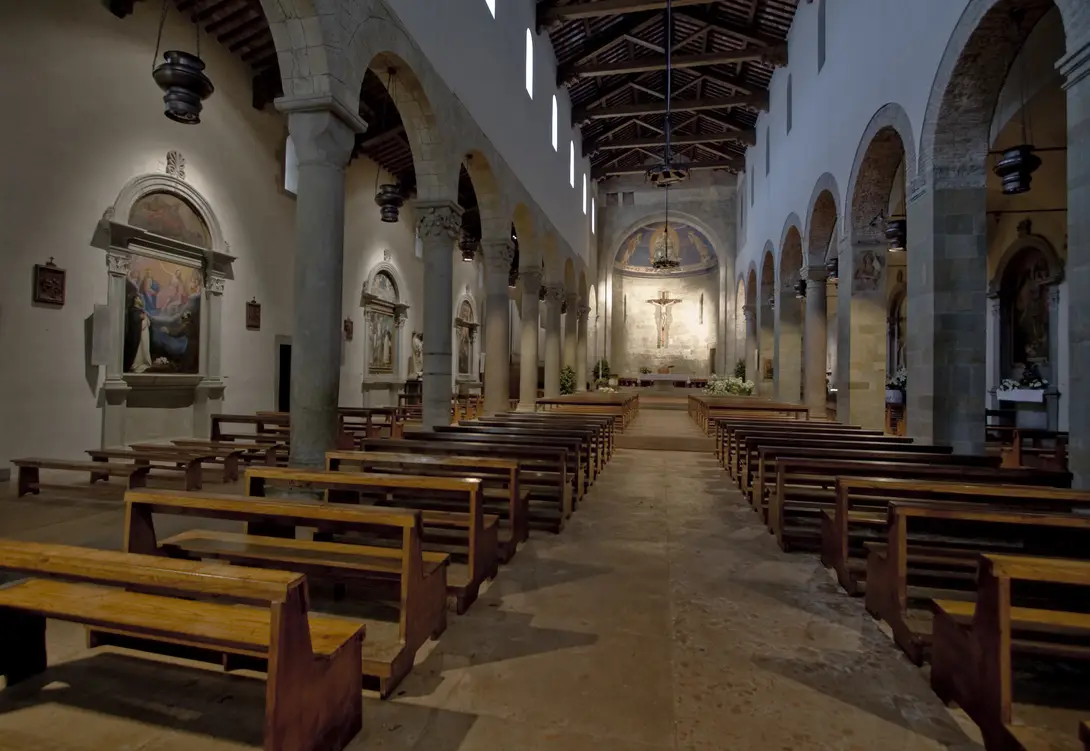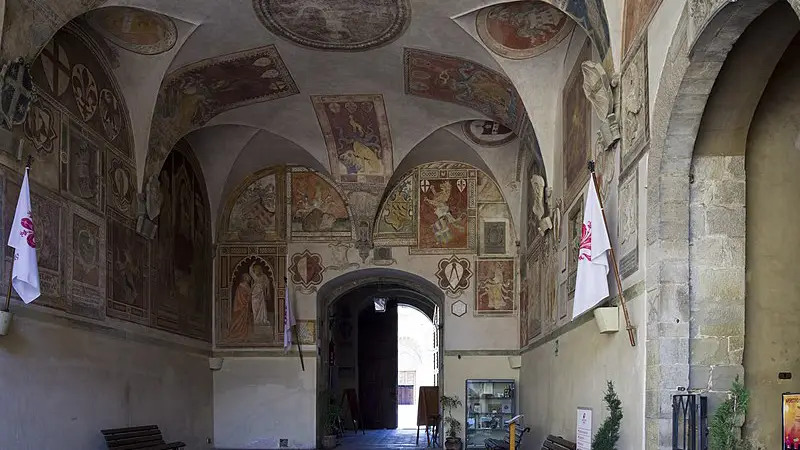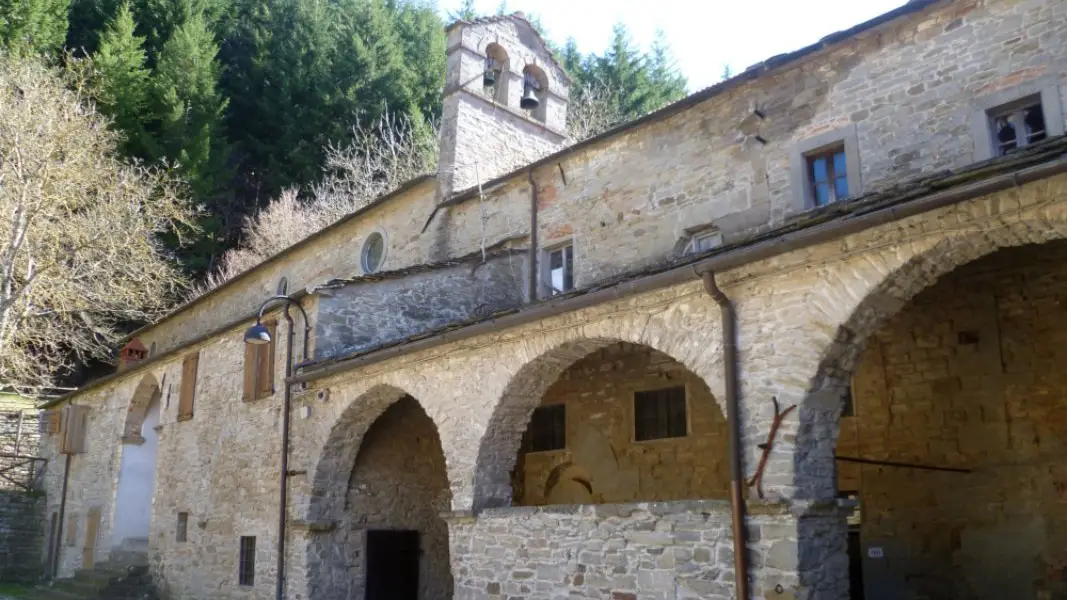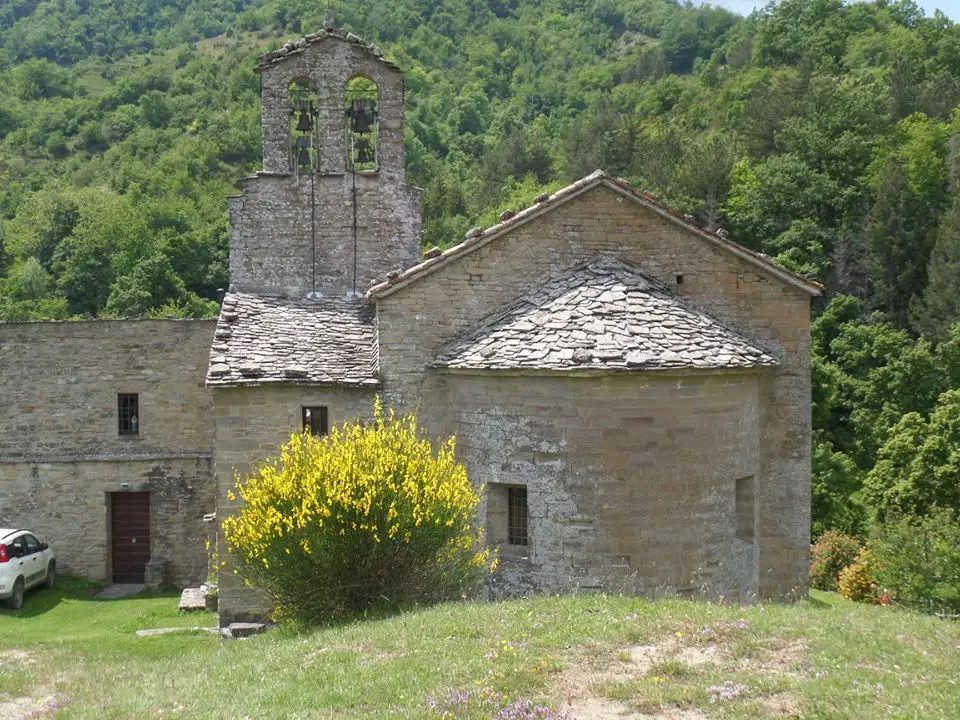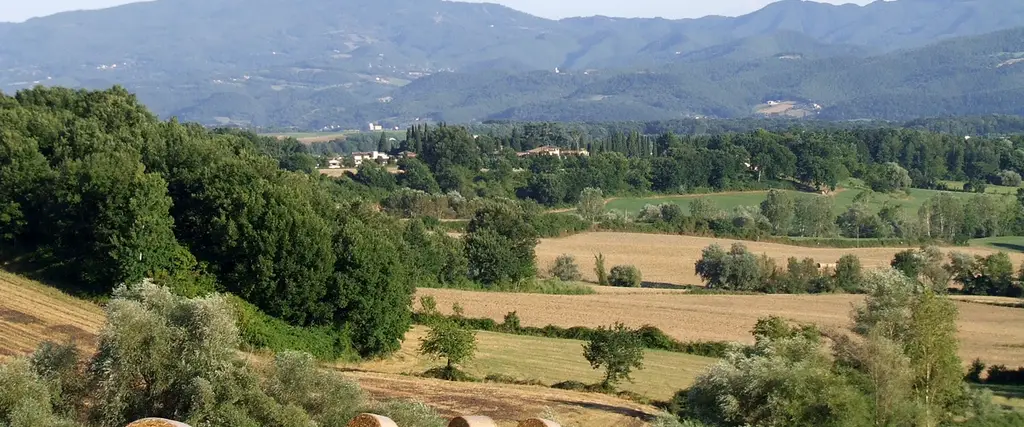
Dante's Route - From Florence to Faenza on the Dante train
700 years have passed and the Supreme Poet is still a source of inspiration: with the Dante's Route project, we promote a slow kind of tourism across the Apennines, in the places where Dante lived, found inspiration or that he visited during his pilgrimage in exile.
This route uses the historic Faentina railway: built at the end of the 19th century, it finally connected the two sides of the Apennines enabling to travel by train from Leghorn to Ravenna, from the Thyrrenian Sea to the Adriatic.
From the Santa Maria Novella Florence station , the train leaves in the direction of Caldine, passing under the hill of the Etruscan Fiesole. After crossing the Sant'Andrea a Sveglia and Pratolino tunnels, you get out on the edge of the Mugello area in the village of Fontebuona.
Following from there are Vaglia (with its Pratolino Medici Park, Unesco site) and San Piero a Sieve, where heading towards the ancient town of Scarperia is essential; founded in 1306 by the Florentine Republic, this village, renowned for the production of knives, boasts an interesting museum of Cutting Tools housed in the 14th century Palazzo dei Vicari. Moving further north, passing the hamlet of Sant'Agata and its Romanesque parish church, the remains of the Montaccianico Castle take us back in time, to the era of the ferocious fights between Guelphs and Ghibellines.
The train eventually leads to Borgo San Lorenzo where, looking for Dante's traces, you dive into the contemplation of the biggest Romanesque building of the Florentine territory, the San Lorenzo parish church, and the treasures that are still preserved there.
Firenzuola too, further north, is one of the "new lands" born in the 14th century at the behest of the Florentine Republic; not to be missed in this area is the visit of the Moscheta abbey, settlement of the Vallombrosa monks dating back to 1034.
From Borgo San Lorenzo the train leaves again crossing fields of wheat and sunflowers and reaches the Ronta station where you start to brave the Apennine climb towards the Colla di Casaglia pass, going through a sequence of tunnels and overpasses. Here the landscape changes, becoming wilder with woods of chestnut and beech trees.
The descent towards the Romagna region starts halfway the long Allocchi tunnel, crossing the Crespino sul Lamone and Marradi stations; the latter, originally under the domination of the Conti Guidi, is where, legend has it, Dante had his horse stolen while crossing the Apennines. It is worth a stop here to know the birthplace of another poet: Dino Campana.
Palazzuolo sul Senio, born as a trading place for goods under the rule of the Ubaldini family, is worth a detour to remember the old master of this area, Maghinardo Pagani, mentioned by Dante in the 27th canto of the Inferno, probably because of his politically unreliable behaviour.
Afterwards the Romagna appears with its peach and cherry tree-covered hills and, welcoming visitors, is the medieval village of Brisighella with its stronghold and the peculiar Via degli Asini, a sheltered walkway that was also used in the past for the transit of the donkeys that carried the gypsum extracted from the neighbouring caves.
The route is the work of the Tourist Office of the Unione dei Comuni del Mugello and can be downloaded from the Mugello Toscana website
comune di Firenze
The places
Stages
Pieve di San Lorenzo
Situata proprio nel centro storico di Borgo San Lorenzo, questa pieve risalente al 941 è il più grande fra gli edifici romanici nel contado fiorentino.
La torre campanaria risale probabilmente all'epoca della ricostruzione del 1263; edificata in mattoni, si erge sopra l'abside semicircolare e ha una particolare forma in semidodecagono.
All'interno, l'abside è stata affrescata da Galileo Chini, eminente esponente del Liberty in Italia. Inoltre, la ricchezza delle opere conservate nella chiesa è una testimonianza dell'importanza che aveva in passato questa pieve; vi sono infatti conservati una Madonna attribuita a Giotto (pittore mugellano, era nato a Vicchio), un crocifisso di scuola giottesca, una Madonna in Trono attribuita ad Agnolo Gaddi, una Vergine e Santi di Matteo Rosselli.
Palazzo dei Vicari
This government palace with a defensive role (one side of it forms the western walls of Scarperia), has undergone several changes over the centuries.
The original core built on the tower was modified after the 1542 earthquake, taking on the appearance that we see today.
Its façade certainly is the most spectacular part, studded with coats of arms that belonged to the vicars of the most illustrious noble Florentine families. TheMuseum of Cutting Bladesis inside the palace.
Museum of the Historical Landscape of the Apennines
The museum is located in the Abbey of San Pietro in Moscheta, founded in 1034, whose history is described in the first rooms of the museum. It charts the way the Vallombrosan monks used the resources of the woods.
The other exhibits trace the history of the Apennine landscape and the “signs” inscribed upon it by human presence, starting with the landscape of woodland and castles around the turn of the millennium and then moving on to the introduction of agriculture, the major changes wrought on the natural landscape in the 18th and 19th century, followed by the gradual abandoning of the mountains and finally the recent rediscovery of its cultural values.
Gamogna Hermitage
Among the green mountains of the Tuscan-Emilian Apennines, isolated on a ridge, lies the Gamogna Hermitage, founded in 1053 by Saint Pier Damiani. The hermitage was dedicated to Saint Barnaba and inhabited by the Camaldoli monks of the underlying Badia della Valle.
After various events, the hermitage is back to being a place of spirituality and hospitality thanls to the presence of the nuns of the Fraternità Monastiche di Gerusalemme.
The church of the complex retains its original Romanesque structure, with the gabled facade, the semicircular apse with the exterior covered with slate slabs and the bell gable.
